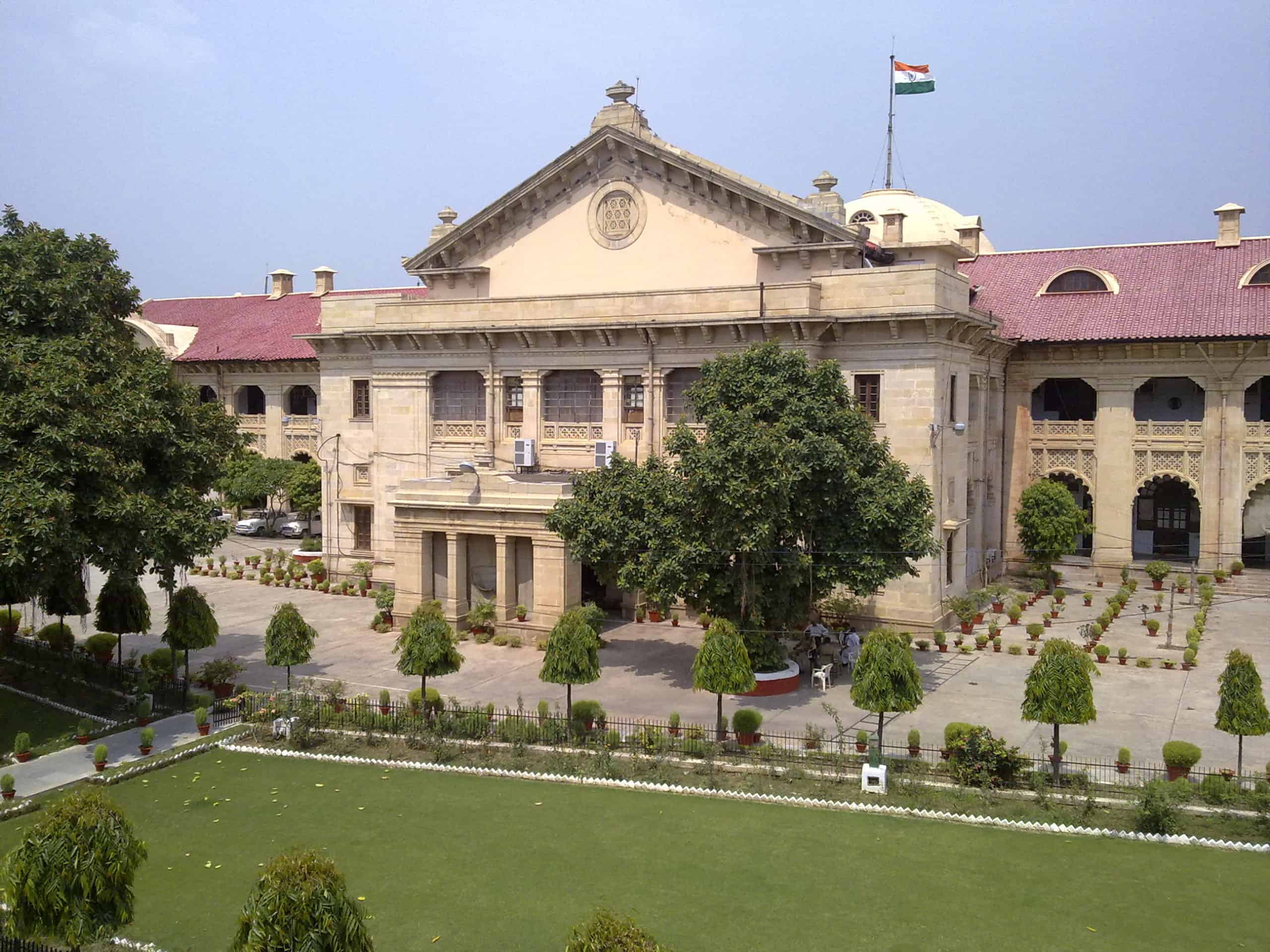The purpose of a criminal justice system is to provide a sense of security to all people and to deal with crimes and criminals, effectively, speedily, and legally. However, delayed justice, overcrowded prisons, and large pendency of cases are some common features of the Indian Judicial System. Our courts are burdened with an ever-increasing number of cases but at the same time, these astonishing figures of pending cases have been normalized in our country. The Indian Judicial System has come up with various ways like arbitration, conciliation, mediation, fast track courts, morning and evening courts, all working together to reduce the pendency of the trials and one of such various ways is Plea Bargaining.
What is Plea Bargaining?
Plea Bargaining is a pre-trial negotiation between the prosecution and the accused, wherein the accused pleads guilty to a particular charge in exchange for a concession from the prosecution. In this process of a bargain, the accused pleads guilty for a lesser or fewer charge than the original charge in return for a more lenient punishment than what the defendant would be awarded if he was convicted at a trial. Plea bargaining concludes a criminal case without conducting a trial. It leads to a plea agreement between the prosecution and the defence where the prosecution dismisses certain charges but bags a conviction on record and the defence agrees to plead guilty and is provided a lenient sentence than that in a trial. Generally speaking, it is voluntarily entered, the contractual agreement between the prosecution and the accused (through his counsel), enforceable only when a judge approves it.
Features of Plea Bargaining-
- It is applicable in respect of cases punishable up to the term of 7 years.
- It does not apply to the cases where the crime is heinous or against a woman or a child below 14 years.
- If an order is passed under plea bargaining, no appeal shall lie against such order.
- It can make recommendations to the court concerning the term of punishment or sentence.
- It reduces the number of charges against the accused.
- It is not applicable in cases where the offence of the accused affects the socio-economic conditions of the country.
Types of Plea Bargaining-
Plea bargaining can be broadly classified as Charge Bargaining and Sentence Bargaining. However, there is also a less popular type known as Fact Bargaining.
- Charge bargaining- When the prosecution allows the accused to plead guilty for a lesser charge or to only some of the charges originally framed against the accused, it is referred to as charge bargain. The prosecution in charge bargaining usually drops some charges or reduces the charges to a less serious offence. The prosecution using its vast powers in framing charges is at the liberty to charge the accused with the highest charge applicable.
- Sentence bargaining- Bargaining for a favourable sentence recommendation by a prosecutor is referred to as sentence bargaining. This type of bargaining occurs when the accused is informed in advance about the reduced sentence if he pleads guilty. A sentence bargaining helps the prosecution in attaining a conviction of the accused to the most serious charge, while assuring the accused a favourable sentence. It is the most common form of the plea bargain in the Indian judicial system.
- Fact bargaining- Fact bargaining is used the least in Indian courts as it is alleged to be against the Criminal Justice System. Such negotiations include the stipulation of certain facts in return for an agreement not to introduce certain other facts as evidence in the court. In such bargaining, the prosecutor agrees not to contradict the accused’s version of facts or agrees not to reveal aggravating factual circumstances in the court.
Plea bargaining in India
The concept of plea bargaining is not indigenous to our country and is taken entirely from the American judiciary. It is a very popular and regularly practice in the American judiciary, as most criminal prosecutions are settled without a trial. Plea bargaining in America can be dated back to the 19th century. Approximately 95% of the cases in the USA are settled without a trial because of the bargaining struck between the prosecution and the defence attorney. In the early 1920s, plea bargaining experienced a sharp rise in America. Studies show that a criminal trial in America is the most expensive and time-consuming in the world. It also has a lengthy and complicated process with all complex jury instructions, motion for exclusion, and other evidentiary objections. Plea bargaining was an easy resort to all these challenges for the American judiciary. It soon gained popularity and was also approved as a legal mechanism to dispose of criminal cases in the USA.
The feature of Plea Bargaining was missing from the Code of Criminal Procedure at the time of its inception. Before the concept was adopted by the parliament, the practice was not very prevalent. The new concept of plea bargaining attracted enormous public debates and the critics believed it to be against the public policy. The Supreme Court, on numerous occasions, has also shown its disbelief in the concept. In the case of State of Uttar Pradesh v. Chandrika, the apex court held that the court cannot dispose of criminal cases based on plea bargaining and it has to be decided only based on merits. It held that mere acceptance of the guilt by the accused should not entitle him to a reduced sentence.
After the failed attempts of the judiciary to deal with huge arrears of criminal cases, it adopted the concept of Plea Bargaining through the Criminal Law (Amendment) Act, 2005 which was passed by the parliament in its winter session. It came into force on 5th July 2006. It was, however, first suggested by the 154th Law Commission report. The NDA government formed the Malimath Committee, headed by the former Chief Justice of Karnataka and Kerala High Court, to come up with ways to tackle the growing numbers of criminal cases. The Malimath Committee used the USA judiciary as an example in its report, to suggest the need for plea bargaining in our country to ameliorate the burden of our courts. A new chapter was thus added in the Code of Criminal Procedure, i.e. Chapter XXIA (Section 265A-265L), which deals with plea bargaining. The scheme envisages an active role for the courts to ensure that the agreement made by the accused is voluntary and he is aware of the fact that by pleading guilty he will waive off his right to go through the process of trial.
Keeping in view the famous saying “Justice delayed is justice denied” and a delay in providing justice violates the fundamental rights of the accused the concept of plea bargaining is now widely accepted in the country. The Supreme Court taking this view, in the case of Hussainara Khatoon v. State of Bihar held that “right to life under Article 21 includes right to a speedy trial, only through which right to life can be attained”.
How helpful is Plea Bargaining in India?
Plea bargaining has emerged as a fairly efficient concept for the Indian judiciary considering the mounting arrears of criminal cases. The main objective to introduce plea bargaining in our judicial system was to prevent courts from facing encumbrance of the case file. Plea bargaining reduces the workload as these cases are settled very quickly and are also very cost-efficient.
Plea bargaining helps in avoiding trials that are shunned anyway, as they are time-consuming, very labour-intensive, and costly and cannot even guarantee success. Through the process of plea bargaining, the prosecutor can ensure some penalty for the offender, and the offender is also sentenced for a lesser charge or sentence than he would have in case of trial. Plea bargaining benefits the prosecutor as he can improve his conviction rate. It also allows the defence attorneys to increase their efficiency and profits as plea-bargained cases are settled quickly and leaves them time to take up more cases. It also benefits the judges as it enables the judges to preside over efficient trials and also minimizes the risk of their orders being overruled during appeals.
Plea bargaining is also effective as it makes the offender take responsibility for his actions and plead guilty for the offences committed by him. The process is also hassle-free and cost-saving for the accused or the offenders and saves them from years of prison time during under- trial and settles the case in no time.
However, there are some fundamental issues in the institution of plea bargaining which makes it questionable. The prosecution has wider powers and can present the accused with unconscionable pressures. Although the plea agreement is voluntary, there are high chances of the accused being coerced by the prosecution. The prosecution might charge the accused with most serious offences and the accused will have to plead guilty to those as the defence lacks the resources to investigate each case independently. It also results in unjust sentencing because it undercuts requirements of proof, beyond reasonable doubts. On the other hand, it might also ensure unjust leniency towards the offender and therefore project a cynical view of the legal system.
The courts believe that sentencing under plea bargaining is based on incomplete information. Such a negotiation subordinates the public interest and the accused’s right to a fair trial. The involvement of the police and the victim in the process of plea bargaining also attracts criticism. As the police in India have a reputation for custodial torture, it might aggravate the situation while the involvement of the victim suggests corruption.
Article 20(3) protects every individual through its right against self-incrimination. It ensures that no person accused of an offence should be compelled to be a witness against himself. The process of plea bargaining also makes serious intrusion into these constitutional rights of the accused. It defeats the purpose of the Criminal Justice System by valuing the disposal of cases over a fair trial.
Conclusion
Plea bargaining is undoubtedly a disputed concept that has been accepted by some and abandoned by others. It is a great mechanism to dispose of mounting criminal cases, but it does so in an unconstitutional manner. It can be successfully implemented only if we look at it positively and work towards the socio-economic problems of the country rather than using it for our personal interests.
(Author: Shivani Agrawal, pursuing LLB from Faculty of Law, University of Delhi.)




